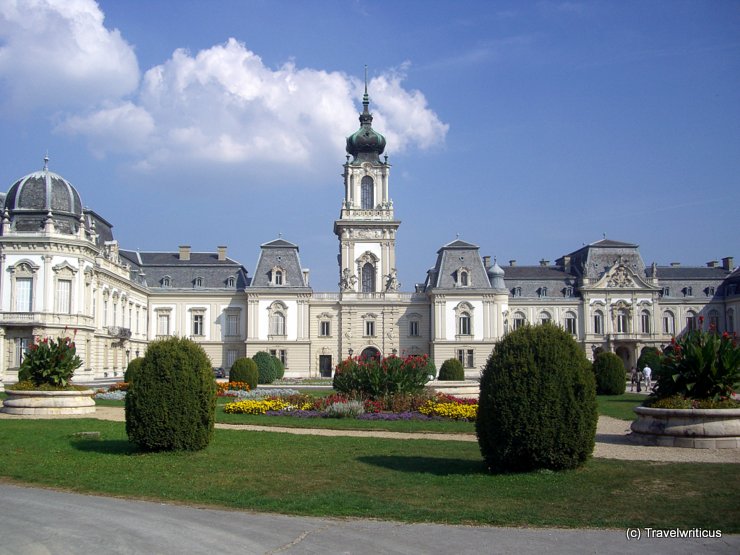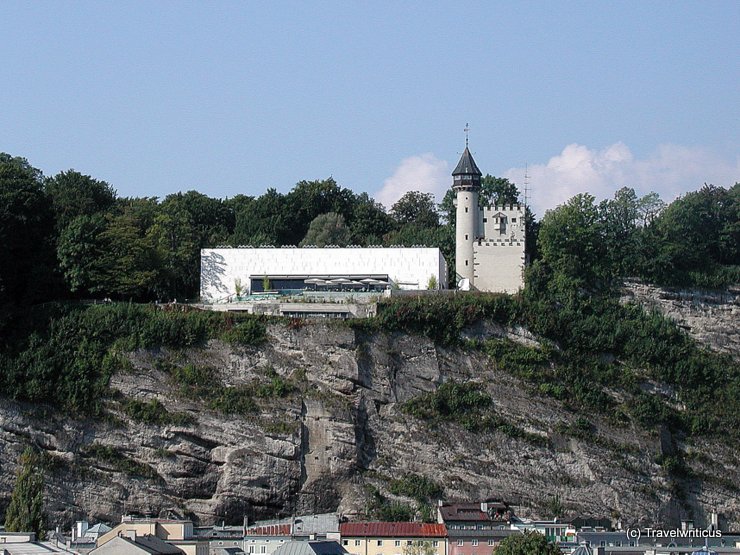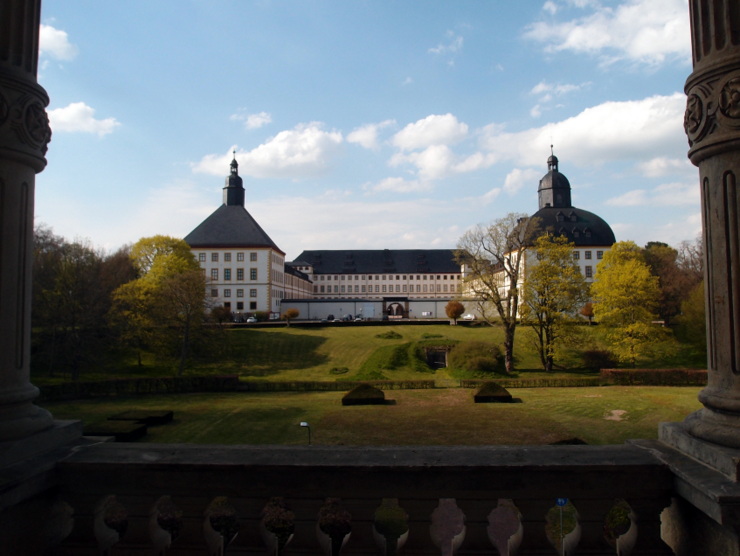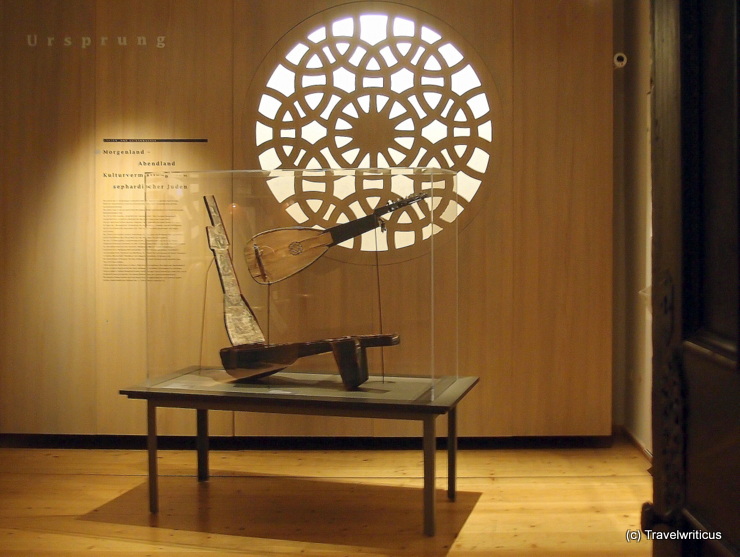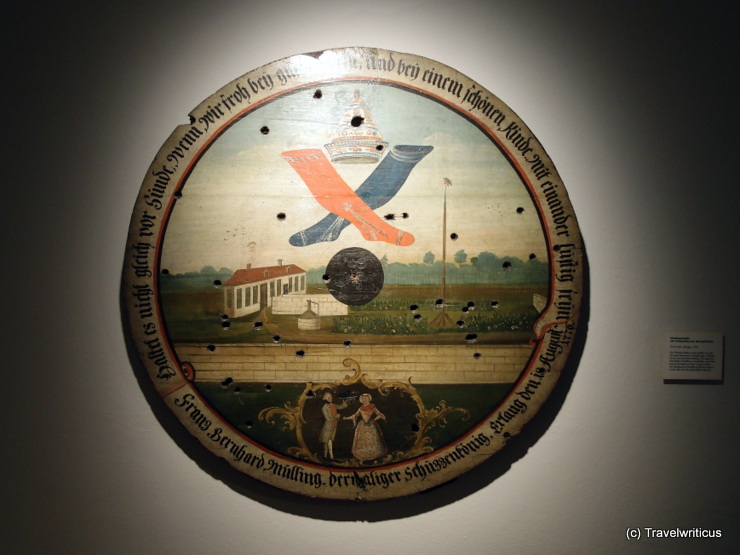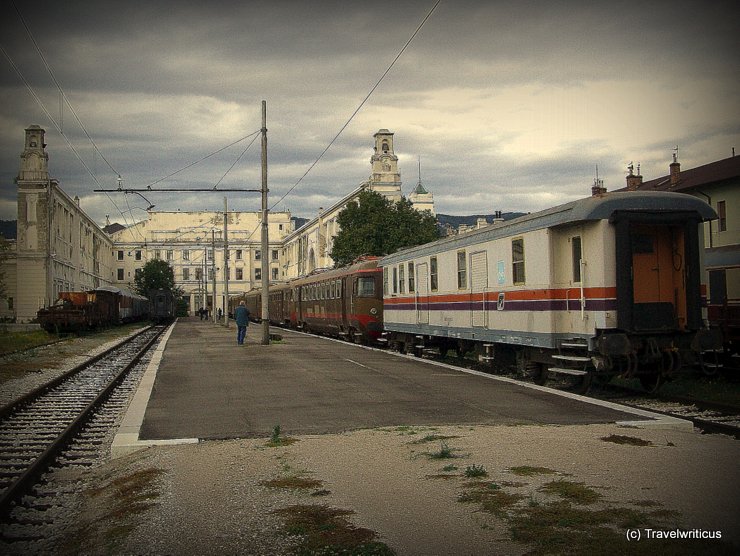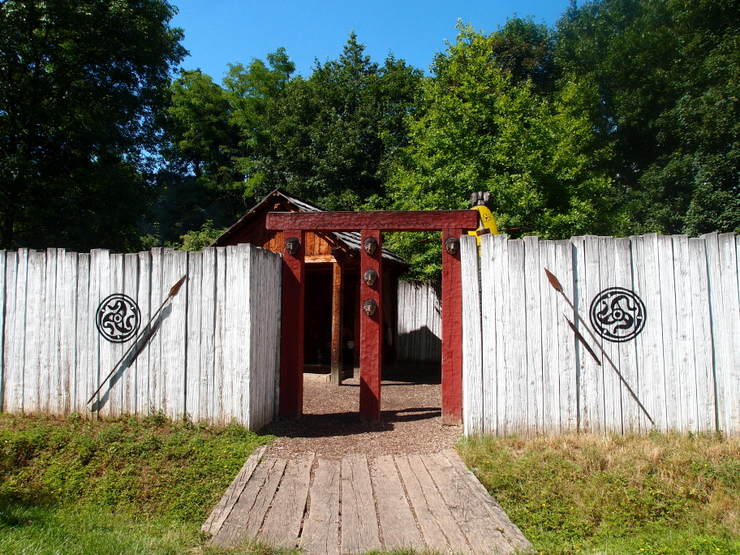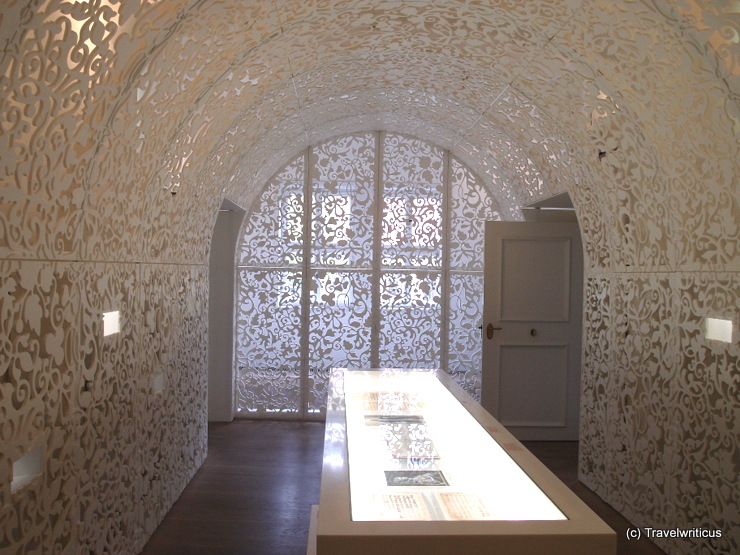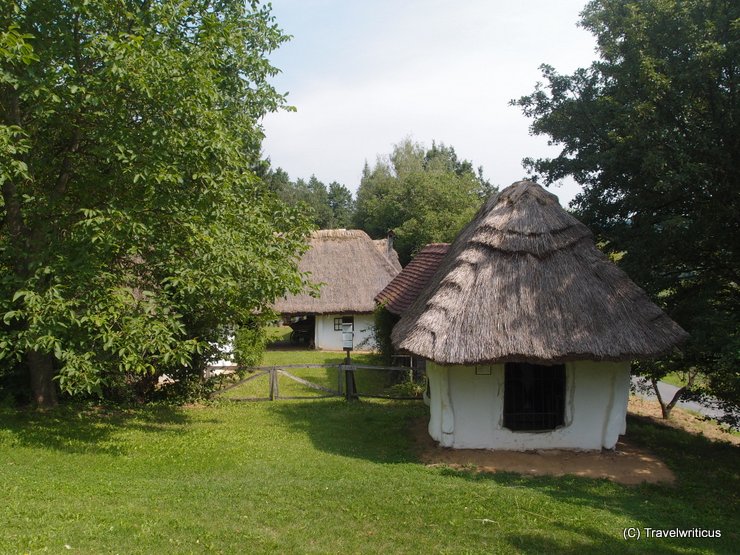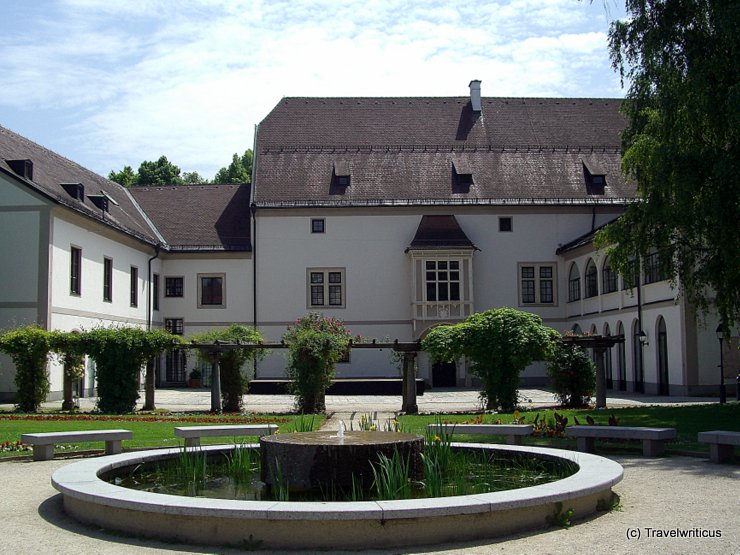
The castle in Wels is generally known as the Castle (Die Burg) or the Wels Castle (Die Welser Burg). It was first mentioned in 776. At that time, the site was just a wooden building with palisades. The construction in stone took place in the 12th or 13th century. [German]
